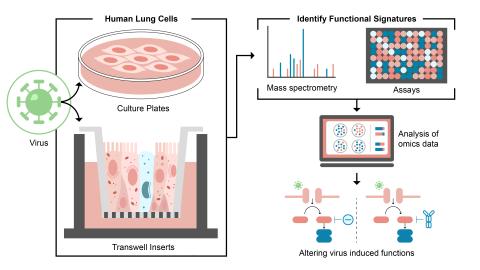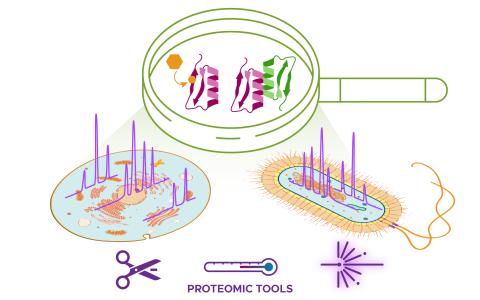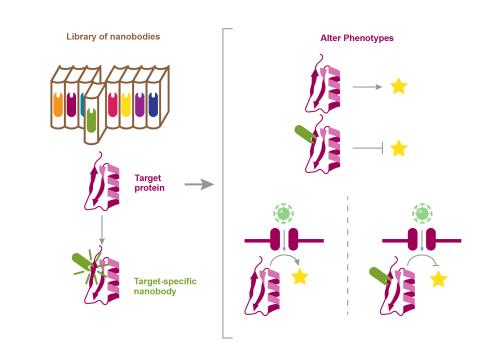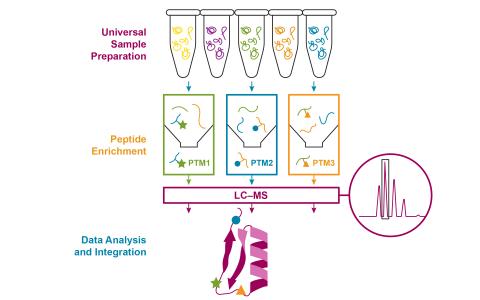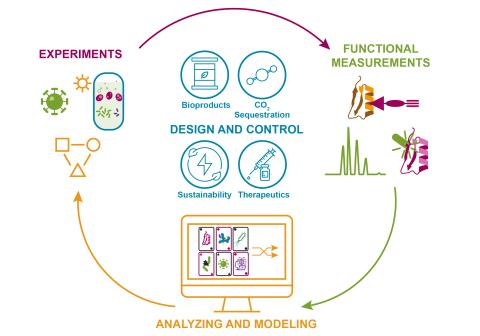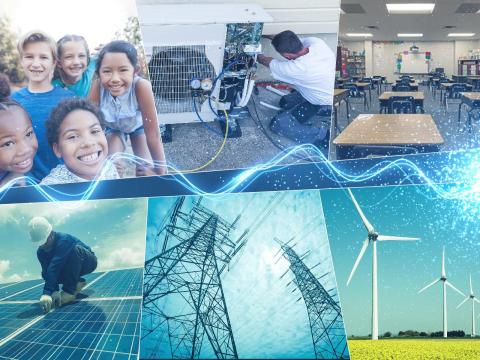The research goal of this project is to construct and streamline an approach to identify phenotype-relevant signatures by integrating various proteomics data. Leveraging protein structures and interaction networks, we will map structural changes and post-translational modifications to identify...
Category
Datasets
0




